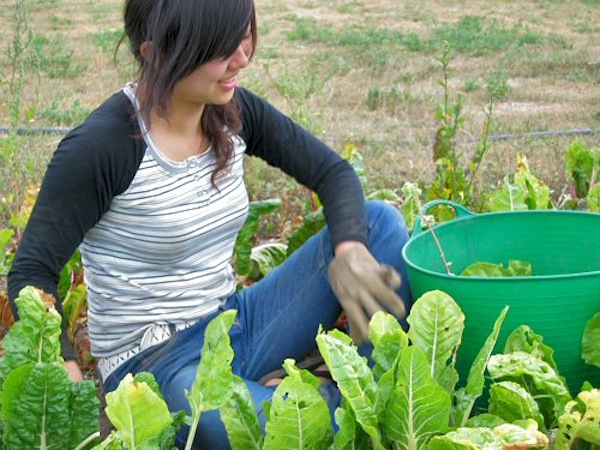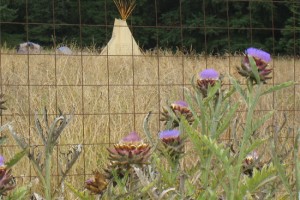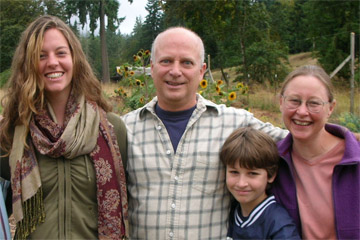First night at the farm
Some time very late I was startled by a rustling, no, more like a crunching sound, coming from the woods behind my tent. I sat up and reached for the knife Don had given me the previous morning. “If something decides to poke its nose into your tent, you want to be able to poke back,” he’d said.


